
Getting a quality night’s sleep becomes more and more of a challenge as we age. Some of us have tried blackout curtains, sleep masks, weighted blankets, or any number of supplements promising better rest. If you’re looking for an all-natural solution, though, melatonin is the way to go. Melatonin is a hormone produced naturally in the pineal gland in the brain. Among several functions, melatonin plays a key role in regulating the body’s circadian rhythms, or sleep-wake cycles. Accordingly, the pineal gland produces more melatonin when the sun goes down, and levels dip at daybreak. Foods that are high in melatonin or even melatonin supplements are a popular way to increase the concentration of melatonin and possibly improve the quality and quantity of sleep.
Melatonin supplements are typically non-habit forming and safe for adults and children in doses of around 0.5 to 5 milligrams. However, melatonin supplements may cause drowsiness, nausea, and dizziness, and they can interfere with certain medications.

Foods for your grocery list to help with sleep
Fortunately, if you’re looking to support your body’s own natural melatonin levels but don’t want to rely on supplements, there are several sleep-aid foods that contain melatonin. Adding any of these foods high in melatonin to your dinner plate or bedtime snack routine may help regulate your sleep patterns over time and help you get more restful sleep. Though little nutritional data exists about the specific concentration of melatonin in different foods, the following foods are known to be particularly high in melatonin. Add these foods with melatonin to support your sleep schedule.
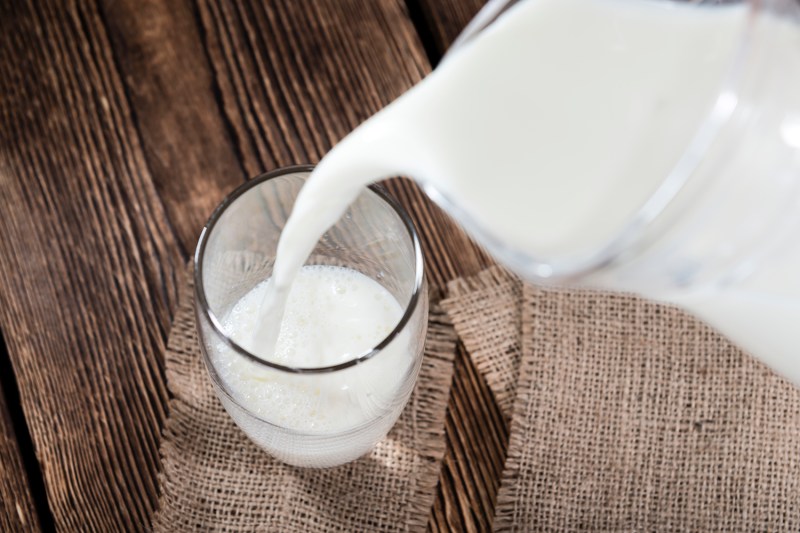
Milk
Warm milk has long been used as a relaxing bedtime beverage, as many people find it acts as a mild sedative and promotes restorative sleep. This effect is likely due to the fact that milk contains the power duo of sleep-supportive compounds melatonin and tryptophan. The essential amino acid well-known to be present in turkey, tryptophan increases serotonin and melatonin concentrations, which make it effective for improving the sleep cycle. Each 8-ounce glass of milk provides 106 mg of tryptophan (38% RDI) and is also one of the best dietary sources of melatonin.
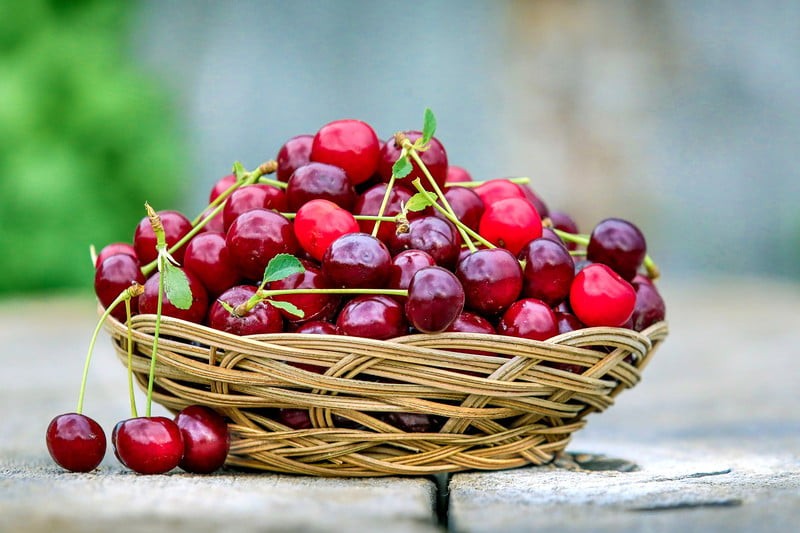
Tart cherries
Tart cherries are a unique variety of cherries, which are far sourer than standard sweet cherries you might buy in the grocery store. Tart cherries are high in anti-inflammatory compounds, as well as melatonin, and have made their way into the health food and natural supplement market for their ability to alleviate arthritis pain, improve heart health, and aid sleep. Typically sold as tart cherry juice or concentrate, try swirling a little into yogurt or cottage cheese.
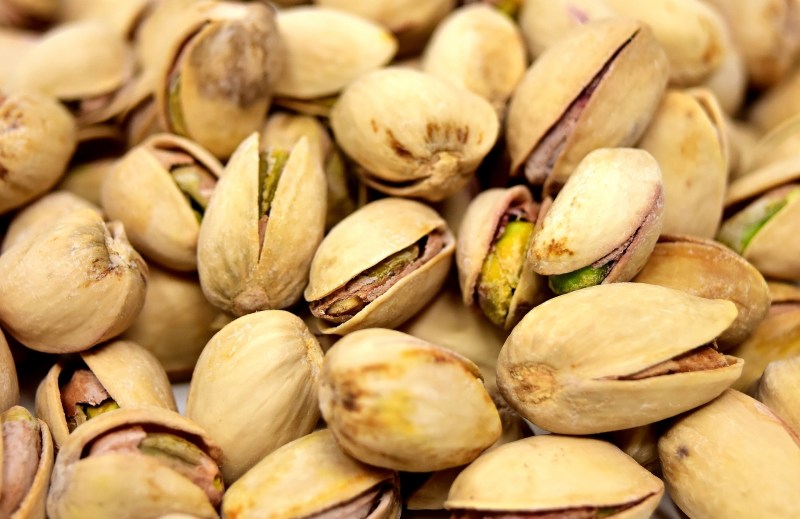
Pistachios
Several varieties of nuts contain melatonin, such as almonds and cashews, but pistachios are particularly high in melatonin. Like other nuts, pistachios also contain fiber, omega-3 fatty acids, vitamin E, and antioxidants, so they make for a filling, nutritious snack.
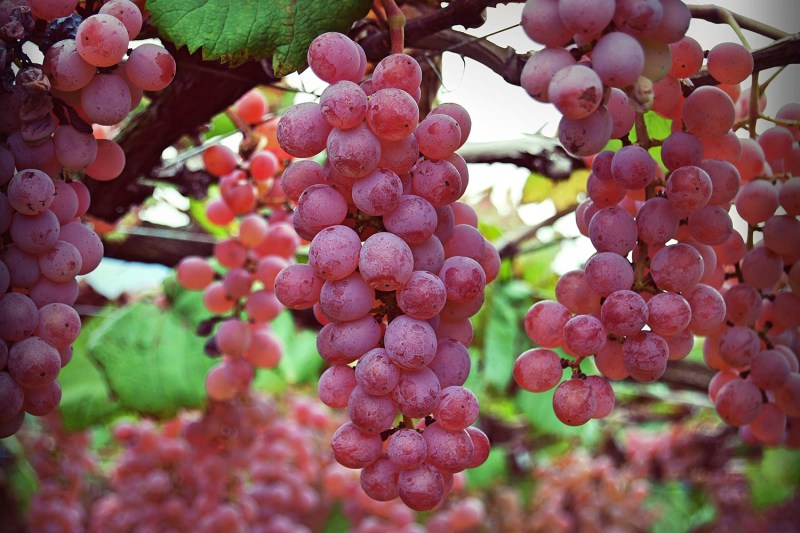
Grapes
Grapes and goji berries are both high in melatonin. The concentration of melatonin does vary based on the variety of grapes, the growing conditions, and the climate, but red grapes tend to be the best source. Goji berries are a superfood native to China touted for anti-aging properties and rich antioxidant content. They are typically sold as dry goji berries and can be added to muffins, cereal, trail mix, and yogurt, or eaten as is.
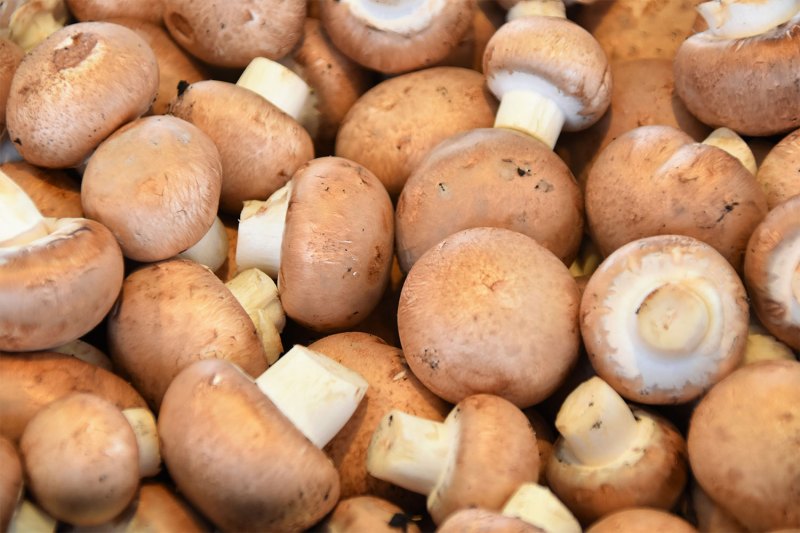
Mushrooms
Mushrooms contain both tryptophan and melatonin, making them a great dinner food to promote sleep. With the wide variety of mushroom types, you can vary the preparation method and type almost endlessly.
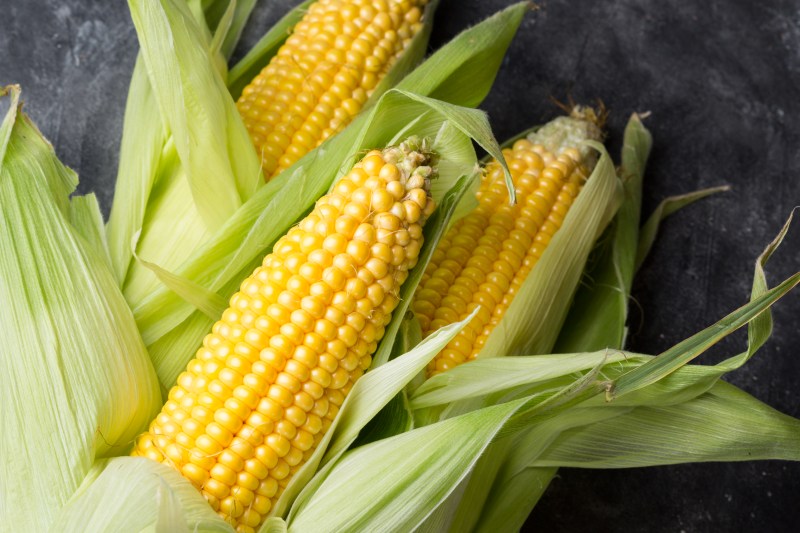
Corn
Corn is rather ubiquitous in the American diet in one form or another. This beloved staple is also high in melatonin, so it may help regulate your sleep cycle.
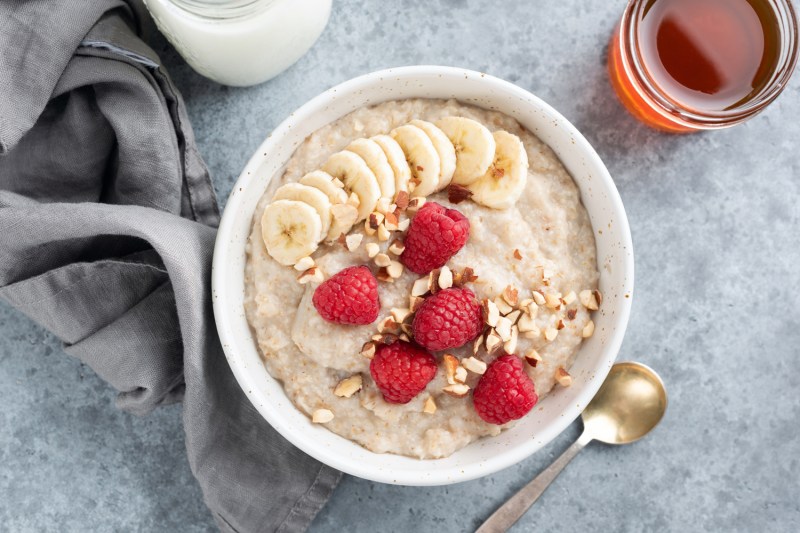
Oats
Whole grains are demonized by some popular diets, but they can offer many health benefits and contain fiber, B vitamins, and several important minerals. They may also aid sleep. Whole oats are rich in melatonin; plus, each cup of oatmeal contains an impressive 94 mg of tryptophan, which is equal to 33% of the RDI for a 154-pound person, making for a potent one-two punch for optimal sleep. Try oatmeal, granola, oat porridge, or homemade protein bars with rolled oats.
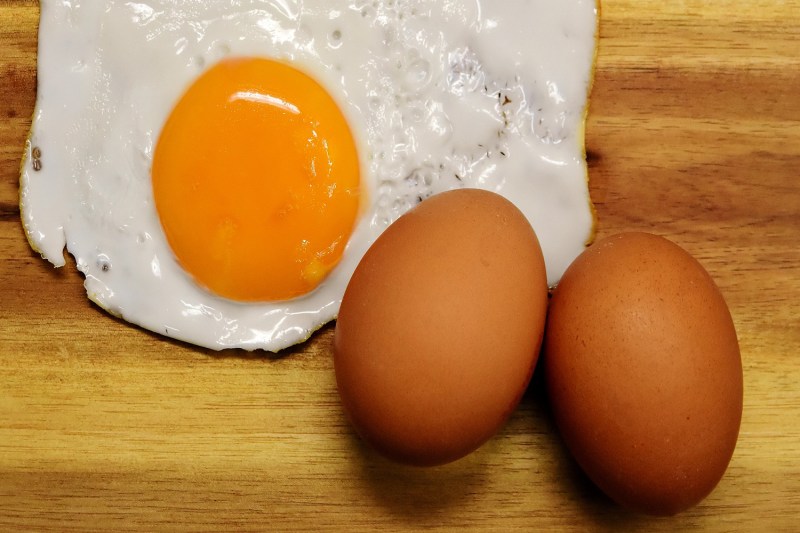
Eggs
Eggs are sometimes called nature’s perfect food. They are a complete source of protein, which means they contain all the essential amino acids, as well as plenty of other vital nutrients such as vitamin D, folate, selenium, and riboflavin. Eggs may also support sleep, as they are a food rich in melatonin and tryptophan.
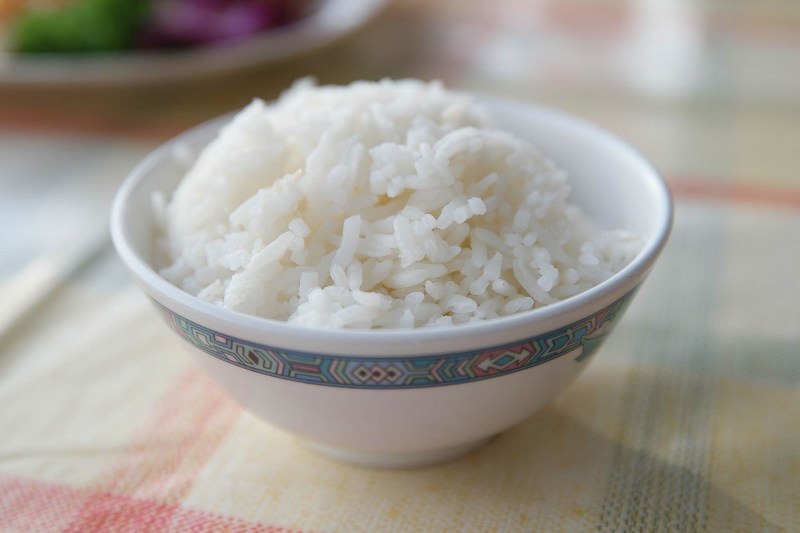
Rice
Rice not only contains melatonin and tryptophan but also the carbohydrate content has been found to improve sleep. One study found that after implementing a rice-based diet, subjects experienced a significant improvement in sleep quality and reduced oxidative stress.

Why do you need melatonin?
As the focus is on sleep, here are some sleep-related issues that could create the need for melatonin foods in a diet.
Regulating sleep-wake cycle
- Insomnia: Melatonin is mainly used to help people fall asleep faster and improve sleep quality, especially for those with insomnia. Its role in regulating the body’s circadian rhythm, known as the sleep-wake cycle, makes it effective in this regard.
- Jet lag: Disruptions in the circadian rhythm due to traveling across time zones can be eased by melatonin supplementation. It can help adjust the body’s internal clock to the new time zone, promoting faster sleep at the desired time.
- Shift work: Individuals working unusual hours may benefit from melatonin to adjust their sleep schedule and cope with circadian rhythm disturbances.
It’s important to know that melatonin isn’t a cure-all and has its limitations as far as helping with sleep, and its effectiveness can vary from person to person.



